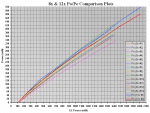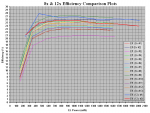daguin
0
- Joined
- Mar 29, 2008
- Messages
- 15,989
- Points
- 113
Could you give me some advice on where to start looking/reading to learn more about what you teach? I don't have subjects like that on engineering.
You will have to be a little more specific. I teach enough different courses to keep you busy for a year or two
Peace,
dave









